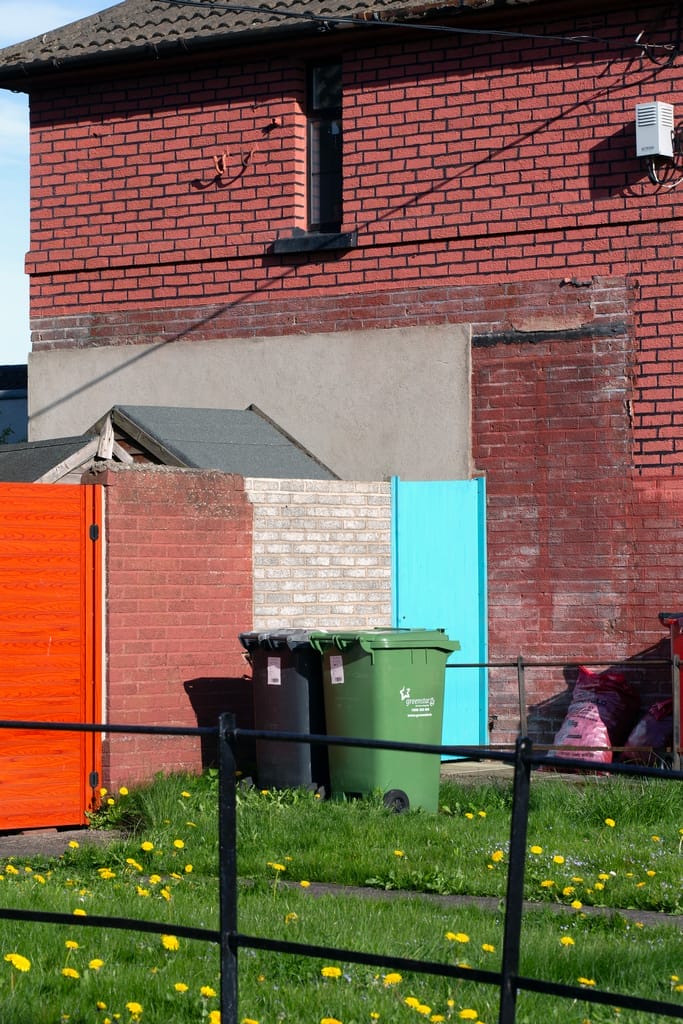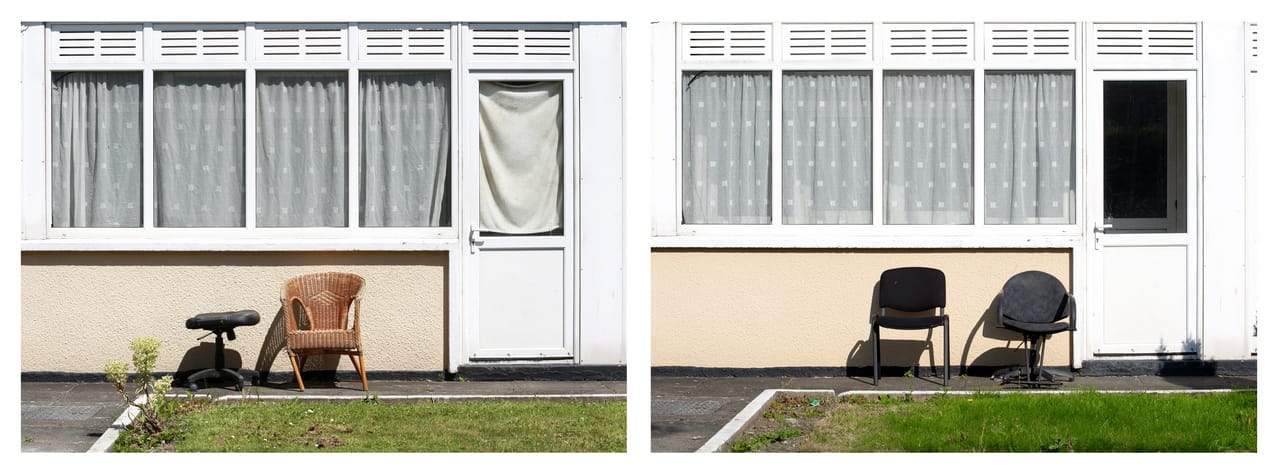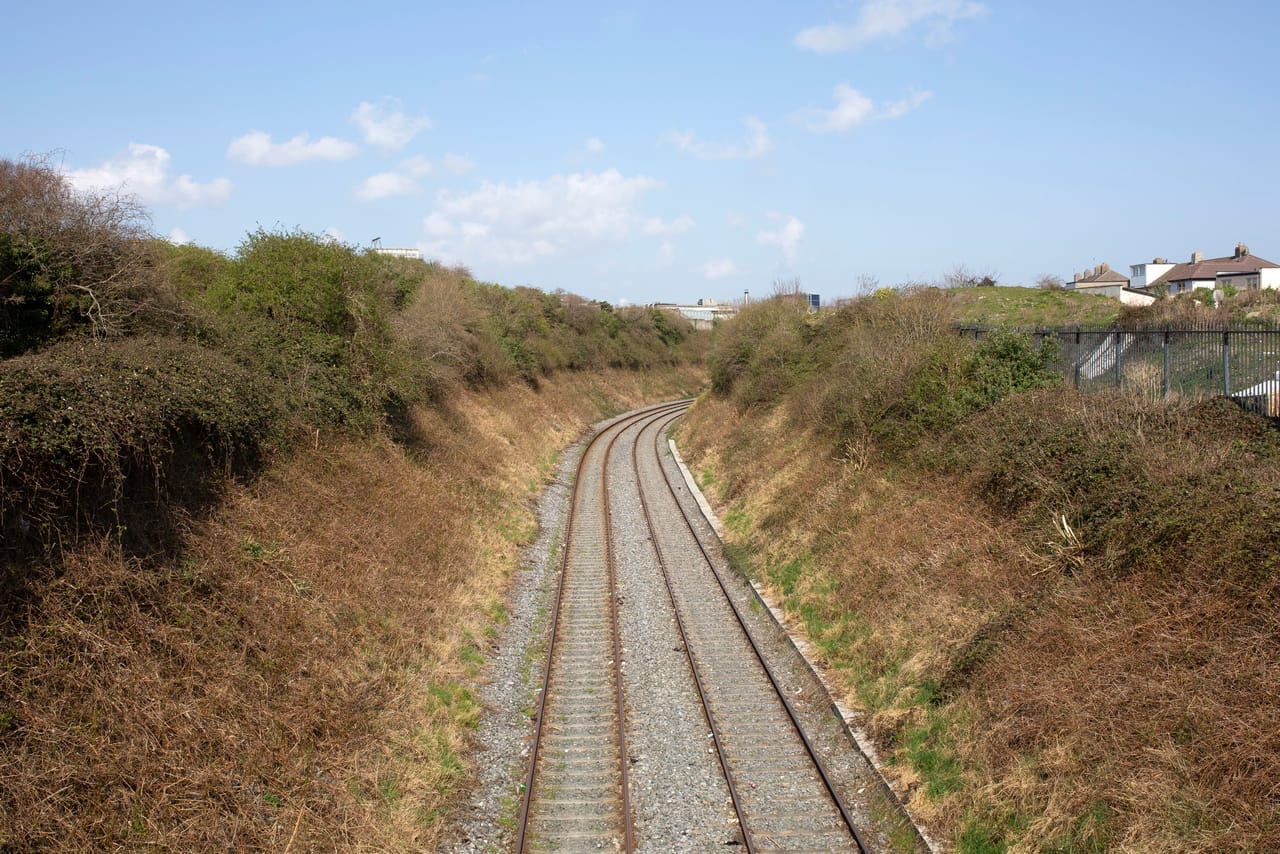Best Laid Plans
18 September – 29 November 2024
Architecture Gallery and First Floor Rooms
Past exhibition

The Cabra housing schemes were constructed between 1929 and 1948 by Dublin Corporation as a way to address a severe public health and housing crisis in Dublin’s inner city slums. Housing design in Cabra was influenced by the model of the Garden Suburb, which the new Irish Free State government saw as both a pragmatic and ideological solution to the accommodation crisis.
The modern town planning movement emerged at the turn of the 20th century, in parallel with the ‘garden city’ idea. Pioneering town planner Patrick Geddes brought his ‘Cities and Town Planning’ exhibition to Dublin in 1911, which was swiftly followed by the 1914 Dublin town planning competition. Competitors were specifically required to consider low-density suburban housing in their entries, with the prize awarded to Patrick Abercrombie, Sidney Kelly, and Arthur Kelly, for their plan entitled ‘Dublin of the Future’. An imaginative plan for the development of Cabra housing was included.
As O’Neill embarked on her research in 2020, the outcomes of new planning initiatives were beginning to materialise, resulting in construction of two large scale housing developments in the area. Compelled to walk and to photograph the building processes of these sites, she also recorded small everyday shifts in the built fabric of Cabra. While geo-photographic protocols including the survey, time-lapse photography, the photo-walk and field diaries served as a point of departure for O’Neill’s methodology, she often relied on instinct and photographic impulse. She also engaged with residents through dialogue, photographs and making, seeking to reflect the lived experience of housing development and the effects of planning on everyday life.


‘The house where my mother grew up consisted of two living rooms and a small kitchen. In 1958, a member of the local council arrived at the door and handed the family a key to their new house in Ballyboden, Dublin 16. Pearse Brothers Park was built in the late 1950s to house people from Willbrook and the surrounding areas, as their old cottages were demolished. The new housing was part of an initiative by the local authority to ‘improve the living standards for the local community’. Considering their dire living conditions, the family were still ambivalent about moving to these new suburbs. It was further away and felt like the countryside to them.
As a child growing up in Ballyboden, I was aware of a sense of isolation and lack of facilities. The fields, wasteland and burgeoning building sites were our playground. Becoming teenagers, we wandered the streets in gangs, perching ourselves on the nearest wall before being moved on. There was very little to do. The fields we had played in eventually became another housing estate, with facilities still scarce. The transport links were (and are) still poor.
In the late 1980s, I made my way into the city, drawn to the subcultural spaces – an antidote to suburbia. In 2002, as part of my BA in Photography, I made a series of photographs of old and new, bars and music venues in Dublin City, to express my disillusionment at the closure of many of my clubbing haunts, and the rise of more upmarket establishments. The photographs detailed the boarded-up exteriors of old venues and interiors of the new. I felt sadness for the buildings, and what they stood for: the ad hoc nature, the creativity, the possibility, the lawlessness; cheap and dirty and full of energy. Dublin was a few years into the Celtic Tiger phase, while homelessness was on the rise. Over two decades later, Dublin has its highest ever rate of homelessness, while a younger generation again exits the country.
In 2020 my PhD research into housing and planning in Cabra began.’
Mandy O’Neill


O’Neill’s approach to imagining and formalising the artworks for this exhibition underscores the process of planning and experimentation, with embodied experience and material thinking at the core of her research. Sustained engagement with the built environment and observation of construction processes, along with the desire to mimic her own spatial and somatic experience of Cabra, have resulted in a layered, photosculptural and architectural approach. Moving beyond the often utopian premises of planning and its impact on individuals and communities, this exhibition identifies slippages in time while exploring the potential of planning as a catalyst for collective transformation across the past, the present, and the future.
Best Laid Plans is the outcome of O’Neill’s four-year practice-based PhD research at Dublin City University, supported by the Irish Research Council.
Artist ’s Bio
Mandy O’Neill is a visual artist based in Dublin. Her work addresses social and political themes through expanded photographic practice, encompassing photo-sculptural installation, text works and public dialogue, with a focus on thinking through material engagement. Mandy holds an MA in Public Culture Studies from IADT and a BA in Photography from TU Dublin. Her work has been exhibited both nationally and internationally Selected exhibitions include Photo Museum Ireland, National Gallery of Ireland, Dráiocht Blanchardstown, CCI Paris, WTC Jakarta and the Butler Gallery Kilkenny. She was winner of the 2018 Zurich Portrait Prize at the National Gallery of Ireland and her work forms part of public and private collections, including the Arts Council of Ireland, National Gallery of Ireland and TU Dublin.
Curator ’s Bio
Natasha Christia is a curator, writer and educator. She holds a BA in archaeology and art history from the National Kapodistrian University of Athens, an MA in modern art and film from the University of Essex and a postgraduate diploma in publishing from the University of Barcelona. Her curatorial research focuses on both the complicity and potential role of the photographic document in the revision of dominant historical narratives and ideological myths.

